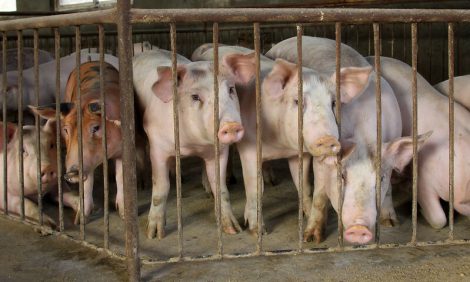



H1N1 Virus May be Hiding in Argentina's Pigs
ARGENTINA - An investigation of the recent H1N1 flu outbreak in pigs has led the authorities to suggest that the virus may have jumped back to pigs, providing a hidden virus reservoir.According to reports from Argentina's National Agricultural Health and Quality Service, the pandemic swine flu virus has been transferred back to pigs.
Citing this Service, European Biotechnology Science and Industry News reports that almost a quarter of the animals at a pig farm near Buenos Aires carried an unmodified form of the influenza A(H1N1) virus.
Currently the disease is no more dangerous than the current non-mutated form in humans, causing mild symptoms in most cases with a low mortality rate (0.5 per cent of infections). However, it also almost exclusively infects young people, who often do not develop fever.
Experts are now warning that the transfer could point to a hidden reservoir of the virus in pigs, which brings the danger that mutations to a more severe phenotype could go unrecognised for longer periods. Past flu pandemics in 1918/19 ('Spanish flu'), 1956/57 ('Asian flu'), and 1968/69 ('Hongkong flu') were all marked by a mild first wave of infection followed by the spread of altered virus strains that caused life-threatening illness.
Further Reading
| - | Go to our previous news item on this story by clicking here. |







